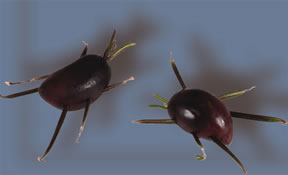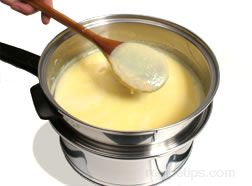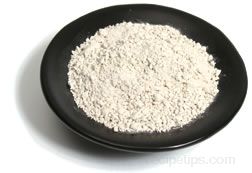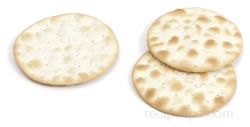A typical procedure to shock a vegetable involves the preparation of an ice bath into which the vegetable will be immersed. Using a mixing bowl, fill it half or two-thirds with ice and cover the ice with cold water. For each quart of water added to the bowl mix in a 1/2 teaspoon of salt, which helps to retain any salt used during the cooking process that may be removed during the bath. After blanching the vegetable, remove it from the boiling water with tongs or a slotted spoon and place the vegetable in the ice bath. The vegetable should remain in the bath for a minute or so and then be removed. Vegetables that are often blanched and shocked include asparagus, broccoli, carrots, cauliflower, and string beans.
If they are to be stored, shocked vegetables should be placed in a airtight container and refrigerated, to be used within 4 to 6 days. When ready to prepare, simply remove the vegetables, moisten them lightly with a spray of water and some butter, and reheat in a mircowave or on a stovetop in a skillet for a few minutes.














